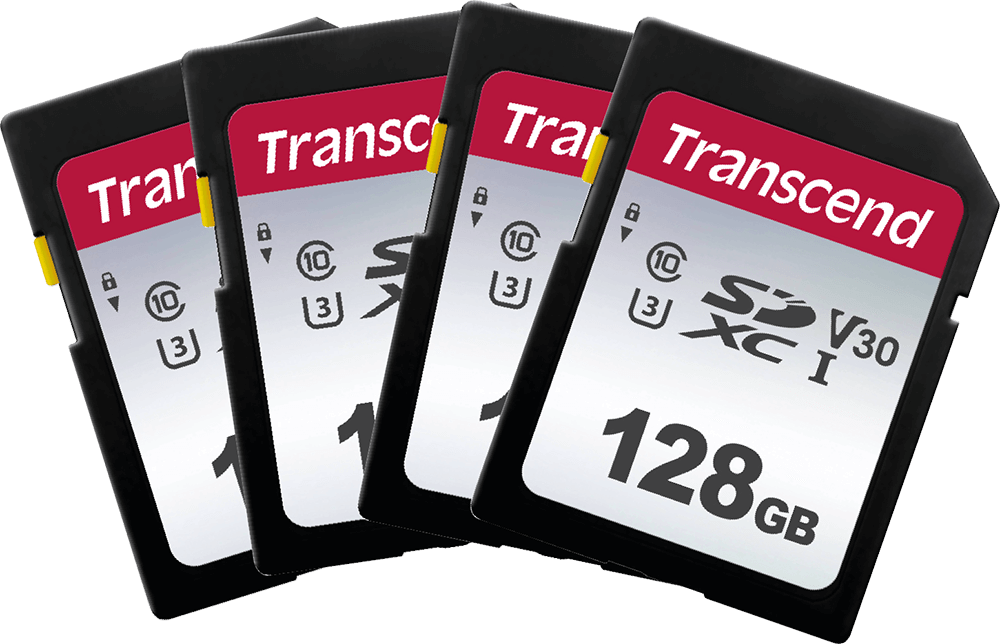DON’T MAKE THE MISTAKE OF BUYING THE WRONG SD-CARD VEHICLE CAMERA
Written by VisionTrack
30 January 2019
While video telematics has increasingly become the vehicle camera solution of choice for the fleet and road transport sectors in recent years, the traditional SD-card remains a practical option for smaller operations or those looking for a lower-cost system. As the marketplace becomes flooded however with SD-card devices aimed at the consumer motorists, many businesses are increasingly having their fingers burnt by selecting vehicle cameras that are simply not fit for purpose for a professional fleet.
Without the connectivity of a 3G/4G device, it is important to select a SD-card vehicle camera that possesses high levels of reliability and can identify when as issue has occurred. We have heard plenty of horror stories where purchased solutions are impossibly difficult-and time-consuming to manage due to poor quality technology and appalling failure rates. Therefore, our advice is to investigate all the options when choosing an SD-card vehicle camera to make an informed decision and avoid making a costly mistake. Here are a few considerations to get you started.
-
- SD CARD RELIABILITY

All vehicle cameras are constantly writing and rewriting data to the SD-card when in operation, which creates significant wear and tear that is not often found in other uses. With this in mind, it is important to adopt a vehicle camera solution that uses an industrial-grade SD-card to avoid potentially high failure rates that will ultimately result in the loss of critical video footage.
The TLC (Triple Level Cell) SD-card is the most common and affordable type currently available, but this is only designed for consumer applications and not suitable to meet the demands of a professional fleet operation. A TLC SD-card, for example, can only overwrite itself between 500 and 1,000 times before failing, while a more durable MLC (Multi Level Cell) SD-card offers greater longevity at around 3,000 overwrites. In fact, MLC SD-cards typically offer enhanced error correction, wear levelling and controller chips, which all contributes to added performance and lifespan.
-
- INTELLIGENT TECHNOLOGY
When you consider the risk of SD-card corruption alongside the remote, geographically dispersed, nature of a fleet operation, it is essential that any vehicle camera has an appropriate built-in monitoring and alerting system. This will ensure that any issue is quickly identified and corrected, either automatically or manually, with minimum fuss and disruption.
Some functionality that is definitely worth looking for is automatic detection and reformatting, so the vehicle camera can attempt to repair itself in the first instance. If this is then not successful an audible and visual alarm should alert the driver to the issue, so they can arrange for it to be fixed as a priority and at the earliest convenience.
-
- VEHICLE TRACKING INTEGRATION
When a vehicle camera only records to an in-device SD card, a fleet or transport operation has no way of knowing when a collision has happened (and if everyone involved is safe). This does place considerable responsibility on the shoulders of the driver, relying on them to report an incident and manually supply the footage.
Vehicle tracking integration does offer one way of gaining some visibility of any serious collision, so if telematics technology is already fitted within a fleet it is worth finding out whether a preferred vehicle camera is compatible with it. By connecting a device with a tracking system, it is possible to set up email alerts to warn of a high-impact driving event. While its not possible to receive any footage or supporting data over the air, this will offer a real-time warning along with a precise location, so it is then possible to contact the driver, emergency services and/or insurance partner depending on the severity of the incident.
- SECURE & TAMPER PROOF
The security of any SD-card vehicle camera is paramount, so make sure it has the necessary features to protect the device. A lockable case should be enough to discourage a driver from attempting to remove or damage the SD-card following an incident, while encryption ensures that no unauthorised person can access the sensitive data contained on the SD-card. Both these security features are also required for a vehicle CCTV system to be accepted by TfL.
VisionTrack’s VT1000 is the leading SD-card vehicle camera solution for fleet and transport operations. This forward-facing device is a full HD 1080p vehicle camera providing a comprehensive view of any incident along with court admissible evidence. It features a super-wide-angle lens, GPS, G-sensor, removable SD card (codec encrypted) and lockable case as standard that can help protect against exaggerated insurance claims and cash-for-crash scams as well as report bad driver behaviour. We have also specifically developed and tested firmware on the camera and the SD-card to ensure maximum reliability and stability.
In fact, we offer the widest range of connected and SD-card camera devices and software to help you better protect your vehicles, staff and reputation. All our products and systems are FORS, CLOCS, TFL, FCC, CE, E-mark certified, as well as insurance approved, meaning we supply the most advanced, high-quality and reliable vehicle camera technology on the market that has undergone extensive real-world testing.
If you would like to learn more about our vehicle camera and video telematics solutions get in touch with us today for a chat with one of the team.
If you would like information on any of VisionTrack’s services or products, you can email info@localhost or call 01246 225 745.




